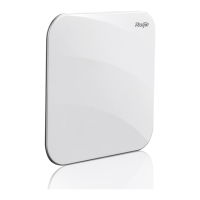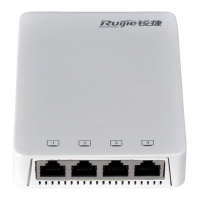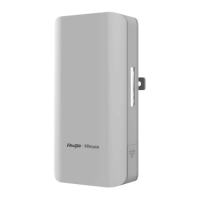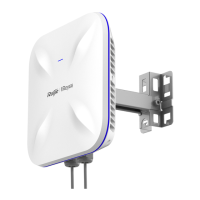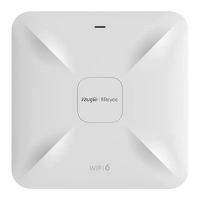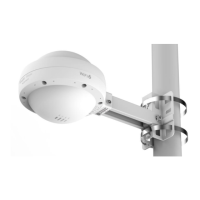Configuration Guide Configuring RMON
4.3.3 RMON Alarm
Working Principle
The RMON alarm function periodically monitors value changes of alarm variables. If the value of an alarm variable reaches
the specified upper threshold or lower threshold, a corresponding event is triggered for processing, for example, a trap
message is transmitted or one logTable entry record is generated. If a lower threshold or upper threshold is reached multiple
times consecutively, only one corresponding event is triggered and another event is triggered till a reverse threshold is
reached.
Related Configuration
Configuring the Event Table
The RMON event group function is disabled by default.
Run the rmon event command to configure the event table.
Configuring Alarm Entries
The RMON alarm group function is disabled by default.
Run the rmon event command to configure the event table and run the rmon alarm command to configure the RMON
alarm table.
The RMON alarm function is implemented by the alarm table and event table jointly. If a trap message needs to be
transmitted to a managing device in the case of an alarm event, the SNMP agent must be correctly configured first. For
the configuration of the SNMP agent, see the Configuring SNMP.
If a configured alarm object is a field node in the RMON statistics group or history group, the RMON Ethernet statistics
function or RMON history statistics function need to be configured on a monitored Ethernet interface first.
4.4 Configuration
Configuring RMON Ethernet
Statistics
(Mandatory) It is used to accumulatively collect statistics on traffic information of an
Ethernet interface.
Configures Ethernet statistical entries.
Configuring RMON History
Statistics
(Mandatory) It is used to collect, at intervals, statistics on traffic information of an
Ethernet interface and the bandwidth utilization within the interval.
Configures historical control entries.
(Mandatory) It is used to monitor whether data changes of a variable is within the valid
range.
Configures event entries.
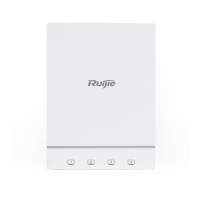
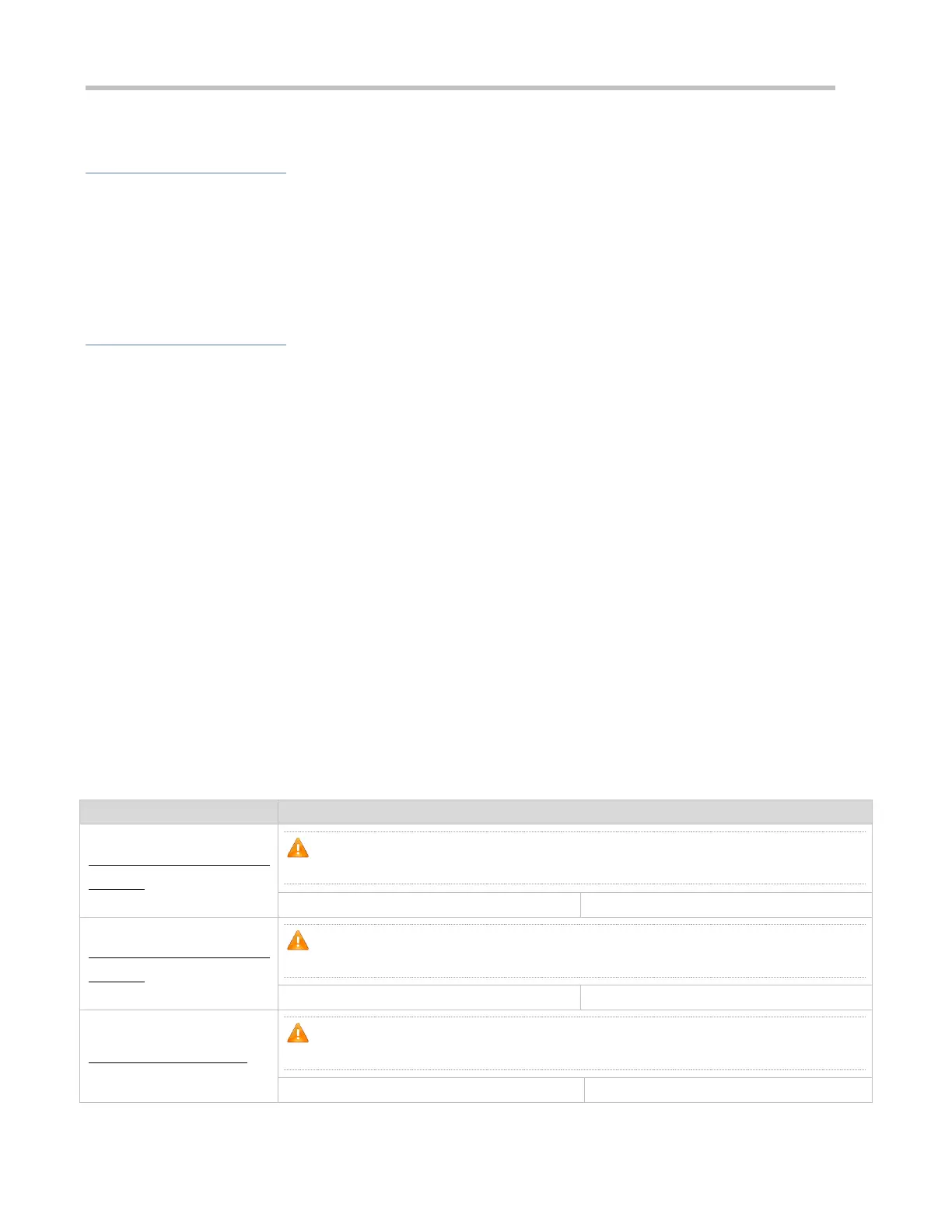